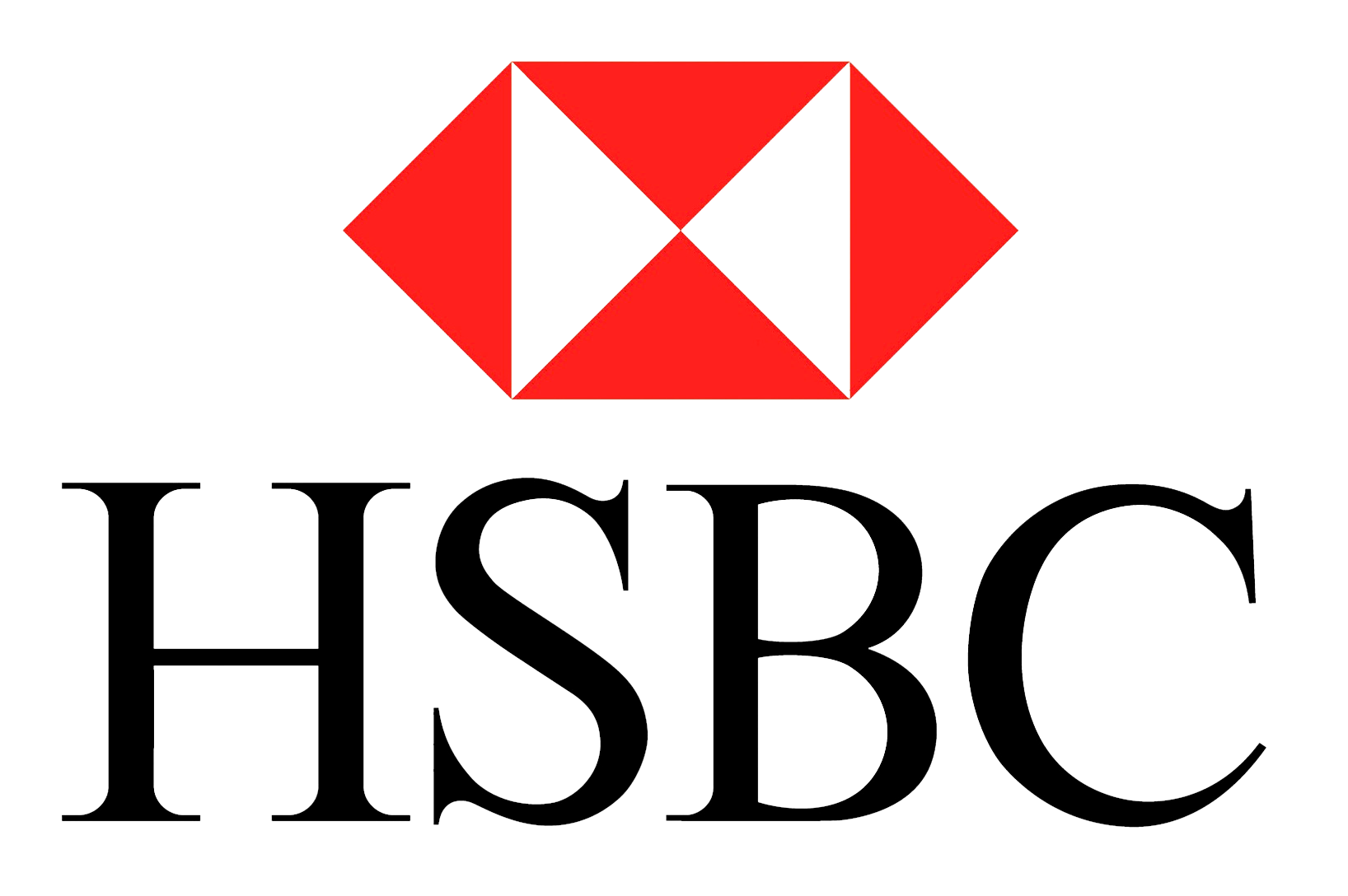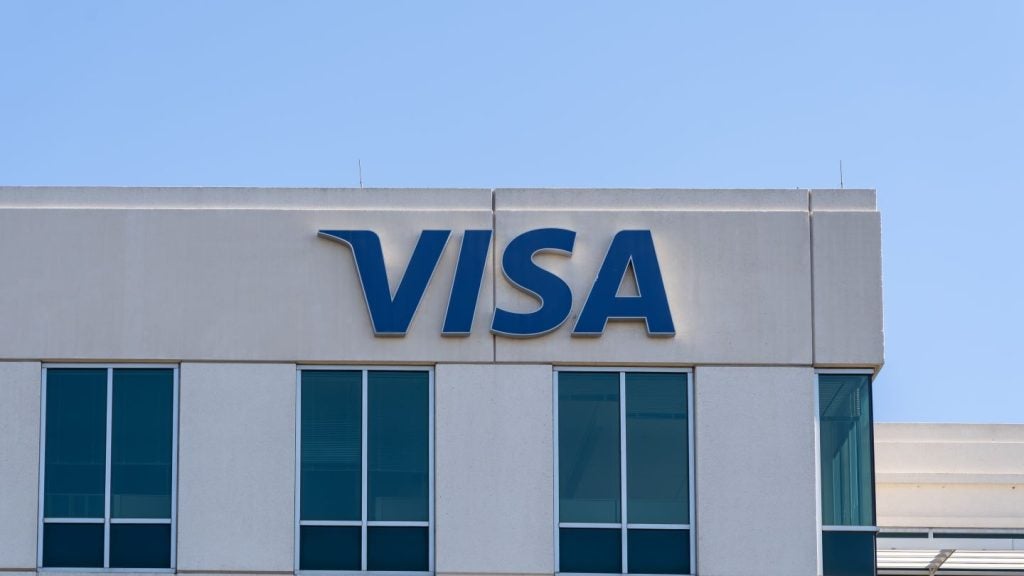HSBC is the first of the big four banks in the UK to release an Open Banking app. Connected Money allows HSBC customers to view all their financial accounts in the same place. Is this the start of new type of customer relationship? Patrick Brusnahan writes
Connected Money, now live for all customers after a year of piloting, is one of the first steps UK banks have taken into the new open banking era.
HSBC customers can see their current accounts, savings accounts, mortgages, loans and cards held across 21 banks, including Barclays, Lloyds and Santander – all in one app. In addition, a spending analysis tool, Balance after Bills, shows customers how much money they will have after bills, as well as in-app messaging for insight into finances.
Upcoming features include a tool that rounds up debit card purchases and puts the extra money into a savings account, similar to Moneybox, and a ‘savings nudge’ tool. Every bank is looking to make strides in Open Banking, but why is HSBC offering this solution?
Connected Money
HSBC’s head of personal banking, Becky Moffat, tells RBI: “What we found at HSBC is that we had a whole base of customers who were not digitally engaging with us and were not really getting help in making the most out of their money particularly millennials. We did a lot of customer research and found that their relationship with their money was quite different to perhaps people of a slightly older era. They were facing a number of challenges.
“None of this is news. However, the big theme coming out of all of the research was that they really wanted a trusted brand to help them have a better relationship with their money. That can range from very specific things about where their spending goes, or complicated things such as helping to save.”
One of the often-cited pain points for customers was balances at the end of the month. Moffat states that all customers, irrespective of age, struggle with this, and it led to the creation of Balance after Bills. This predicts your balance before payday and tracks it in an easy way, rather than creating a spreadsheet or writing it down.
Moffat explains: “What we’ve tried to do is provide them with tools to help them gain more control and feel they have a more positive relationship with their money. That is, in a nutshell, where we are.
“Although targeted for a younger audience, in the research we have done, a significant number of the features we are designing and developed have a strong resonance across generations, particularly where people want to plan with their money.”
The idea for Connected Money originated 18 months ago. Since then, HSBC has been live-testing features and services or, as Moffat puts it, “co-creating with customers”.
In September 2017, it was opened up to a select number of customers to see people using the app, where they focused their attention and what could be improved.
It was added to the app store in February 2018 and launched to all HSBC customers in May – a fairly speedy process, especially given how slow banks can be, but how many customers will use Connected Money? Moffat says: “We hope that many hundreds of thousands will use it over time. We obviously have the HSBC core banking app as well; the two are companions. If you have all your relationships with HSBC, the core banking app is absolutely the right app. If you’re looking for tools around your broader financial relationship, and we recognise that a significant number of our customers have relationships with other institutions, then Connected Money can add value.”
Raman Bhatia adds: “We’ve been leading the way for the last three years. Open Banking was a catalyst, but we started almost three years ago with something designed to drive engagement around everyday banking. Whether it’s millennials or any other generation, there’s a sense of dread and inertia when it comes to managing money.
“That’s what we were trying to help with ‘smart nudging’ around financial behaviour. Along came Open Banking and we were opening up our architecture anyway, regardless of regulation. Now we have the ability to allow customers to pull all their financial accounts into one place. We want to become the financial hub for customers.”
This is not all HSBC hopes to offer; it also believes Open Banking can help customers with lending. Bhatia continues: “Getting customers to pull their accounts from other banks assessing affordability is actually helping us approve customers. Instead, they would go through a journey and be declined. I think that’s a very big opportunity in the market to better match customers with their lending needs to the right products.”
In terms of customers, is HSBC hoping that those attached to banks that are not HSBC will take notice? Moffat concludes: “As we move forward, we have started with HSBC customers, but we see a world where we can engage with customers even if they are not customers of HSBC in a traditional sense. At the moment, we do not have that capability, but it is absolutely something that is in our mind.”








